What is inclusionED?
inclusionED is a suite of evidence-based and research-informed teaching practices and resources co-designed with educators, for educators to support inclusive classrooms.
The teaching practices in inclusionED are underpinned by the 3 underlying principles of Universal Design for Learning:
- engaging students in multiple ways,
- representing knowledge and skills in multiple ways, and
- allowing students to provide evidence of their learning in multiple ways.
Our practices and tools are designed to support you to support your students. Each of the practices provides information about the practice strategy and how to implement this in the classroom.
What is inclusion?
“Inclusive education means that all students are welcomed by their school in age-appropriate settings and are supported to learn, contribute and participate in all aspects of school. Inclusive education is about how schools are developed and designed, including classrooms, programmes and activities so that all students learn and participate together” (DET 2015, p 2)
Did you know that in the average Australian classroom at least three children have a learning difficulty or neurodevelopmental disability? Supporting and scaffolding these students in the classroom can set the trajectory for the rest of their lives.
| 5 to 14 years | Male | Female | Total |
|---|---|---|---|
| Intellectual | 7.9 | 4.3 | 6.1 |
| Sensory and speech | 4.6 | 2.3 | 3.4 |
| Physical restriction | 2.4 | 1.8 | 2.1 |
| Psychosocial | 4.7 | 2.7 | 3.7 |
Within your classroom there will be a range of students who have different sensory needs. Some are impacted by the lighting or sounds, others may need movement to help them focus. There are also students who respond best to consistent structure and organisation and who may become anxious when things change or when the parameters are unclear. Understanding your students needs and utilising inclusive practices within the classroom benefits all students.
Some key terms
- Neurotype - the way someone’s brain is wired, how they respond to and interpret information
- Neurotypical - a person who has a typical brain neurology. They do not have a developmental or learning disability
- Neurodiverse - used to describe a group of people who have different neurotypes
- Neurodivergent - a person whose brain neurology is different from the norm. Usually used in reference to people with developmental or learning disabilities. Neurodivergent people include - Autism, ADHD, Dyslexia etc
- A person is neurodivergent and a group is neurodiverse.
Using inclusionED
Not all children learn in the same way, and not all children process information in the same way. Utilising inclusive practices that support all students makes a difference to the classroom environment. A great example is using visual schedules in the classroom. You probably do this in some form already. It could be the list of activities for the day on the side of the board, or an overview that is displayed in a PowerPoint. Understanding why and how these practices make a difference, and then using them consistently and intentionally will support all your students.
Providing a sequence and structure can reduce anxiety and enable students to focus on the task rather than remembering what to do and when.
Where do I start?
The practices are divided into 7 categories.
- Classroom management
- Sensory considerations
- Social/emotional wellbeing
- Career and Self-Discovery
- Adjustments and scaffolds
- Behavioural support
- School connectedness.
Each category contains several practices. Each practice contains information on how the practice helps the teacher and how it helps the students, as well as a summary of what the practice is about.
The practice content is divided into 2 areas
- Preparing to teach – this section contains the background information, so you better understand what the practice is about and how it works; and
- In the classroom, which contains information on how to implement the practice in the classroom.
You will also find resources to help you implement the practice as well as links to further readings and resources.
You can search via category or view all practices. Alternatively, you can use the search function to search via keywords.
Background
In 2016, Autism CRC finalised a national study to understand the educational needs of students on the spectrum, surveying 1,500 educators, parents and students. The study participants told us that we needed to develop evidence-based resources and teaching practices and to upskill educators, to provide more inclusive environments for students with diverse learning needs, including those on the spectrum.
The teaching practices on inclusionED are underpinned by the principles of Universal Design for Learning. They don't provide a single one-size-fits-all solution but rather flexible approaches that can be customised for individualized learning. During the co-design and development of inclusionED, educators reflected on the value of being part of an active, ongoing conversation to share good ideas that work in real classrooms.
More than 200 teachers, parents, young people on the autism spectrum and professionals have been involved in the co-design, development and evaluation of the inclusionED platform.
Acknowledgements
inclusionED has been delivered through a collaboration between Autism CRC and Queensland University of Technology (QUT).
inclusionED was developed in consultation with teachers, policy makers, parents and students around Australia. The design and development was led by Associate Professor Michael Whelan, Dr Keely Harper-Hill, Dr Jeremy Kerr, Dr Oksana Zelenko, Professor Suzanne Carrington (from QUT), Dr Wendi Beamish (from Griffith University) and Brendan James, Cally Jackson and Cheryl Mangan (from Autism CRC).
We would also like to acknowledge the support of the broader research team members Caitlin Hultgren, Clare Vilalba, Jacqueline Dunne and Jessica Cheers (from QUT).
inclusionED combines the outputs of more than 25 research and development projects carried out through Autism CRC's School Years Program in more than 300 Australian schools over the past six years.
We thank the many hundreds of schools across Australia, their students, teachers and other school personnel, parent communities, and autistic people who have been part of our journey.
Supporting organisations:
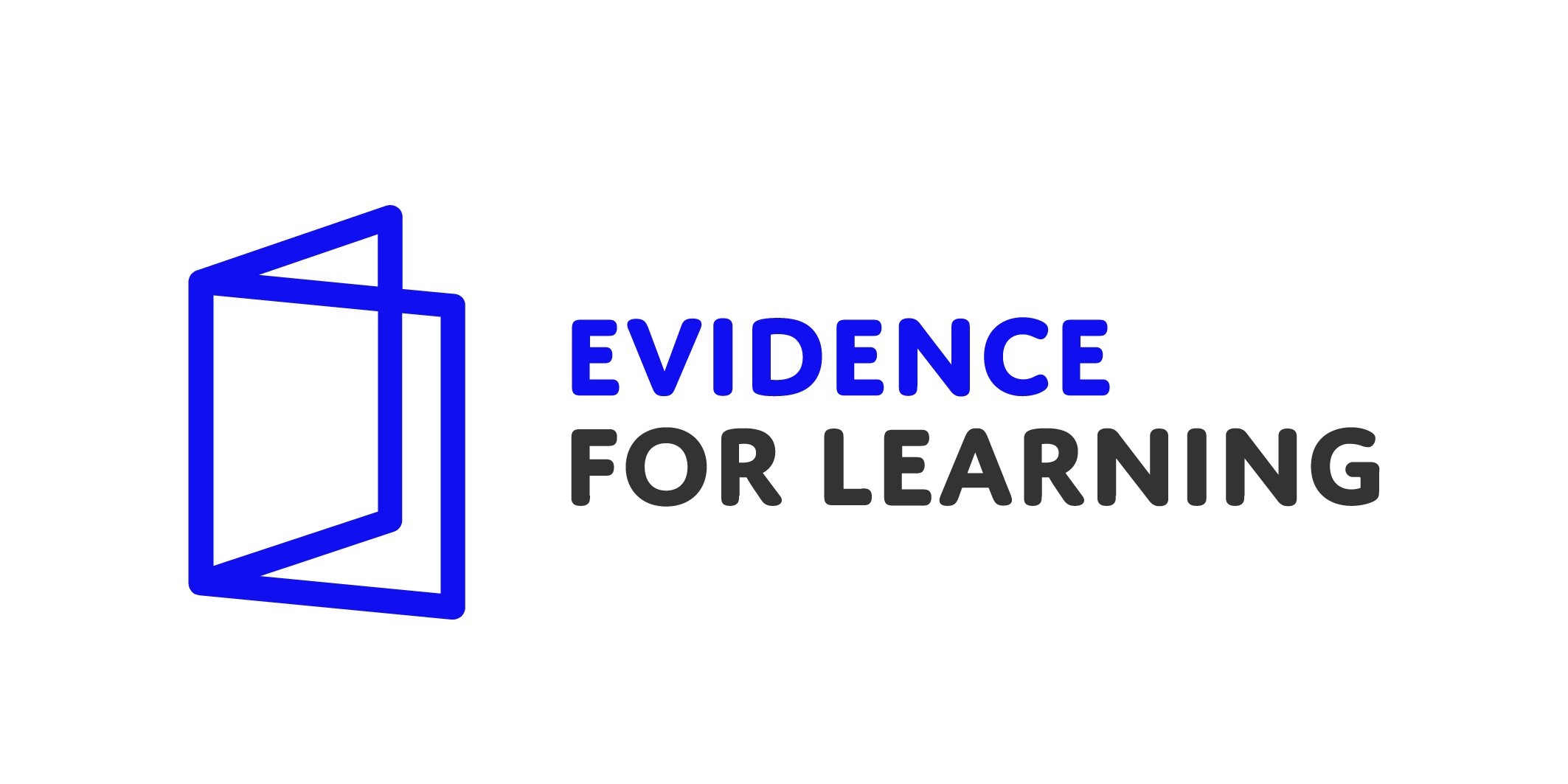
| 
| 
|
AITSL was formed to provide national leadership for the Commonwealth, State and Territory Governments in promoting excellence in the profession of teaching and school leadership with funding provided by the Australian Government.
Researchers and research partners:
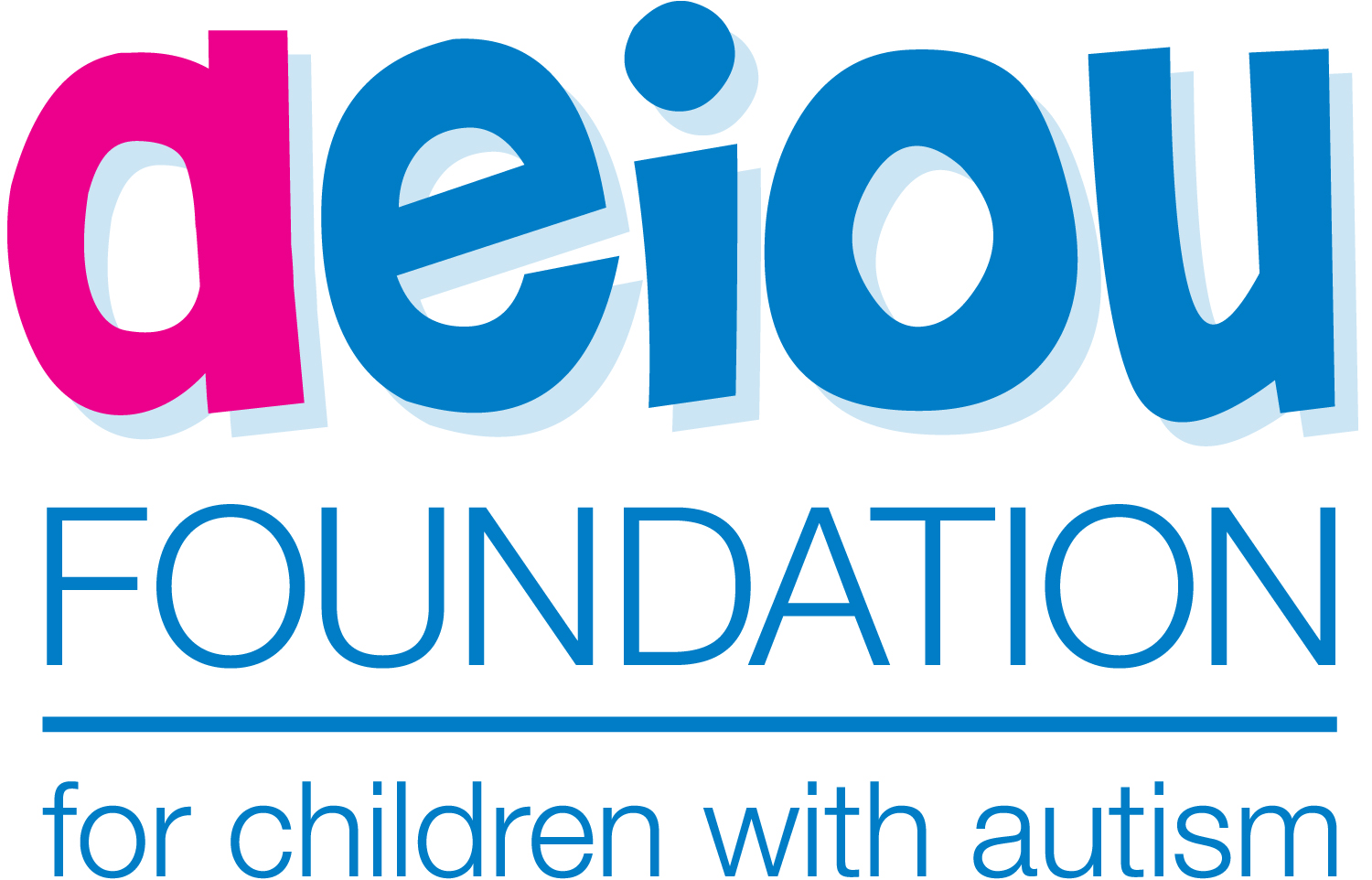 |  |  |
 | 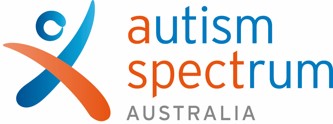 |  |
 |  |  |
 |  |  |
 |  |
Educator Advisors:
| Adam Birkby | Janette Cullen | Liz Stewart-Oliver |
| Afrodite Totten | Janette Cullen | Louise Mammoliti |
| Alison Lewis | Jason Boyce | Lyndal Bryant |
| Allison Edwards | Jason Boyd | Lynette Urquhart |
| Amanda McEwen | Jeanne Pienaar | Maree Maxfield |
| Amanda Sharrock | Jennifer Cavendish | Mary Hughes |
| Amanda Porter | Jennifer Abercromby | Meg Foley |
| Amanda Wenn | Jennifer Evenhuis | Melanie Heyworth |
| Amanda (Mandy) Towle | Jennifer Robin | Melissa Braddock |
| Amy Baker | Jesse Rivett | Michael Rowell |
| Amy McCulloch | Jodie Milne | Michelle Hambly |
| Andrew Kerr-Stevens | Jonathan Case | Michelle Maguire |
| Angela Connors | Joy Robson | Nadine Russell |
| Anita Young | Judy Galos | Nichole Mellish |
| Anna Varghese | Julie-Anne Staines | Nicole Inder |
| Anne McCulloch | Karen Camplin | Nicole Heathcote |
| Anne McKenny | Karen Macpherson | Niomi Johnson |
| Ashe Lan | Karlee-Jean Haansbergen | Olive Brittain |
| Belinda Keam | Kate Troyahn | Paula Norcott |
| Ben Callcott | Kate Wilson | Peter Langdale |
| Bess Sellars | Kate Kearney | Rachael Roberts |
| Carmel Cooper | Katey Daley | Rachel White |
| Casey Kelly | Katherine Taylor | Rebecca Cavanagh |
| Catherine Jones | Katherine Fowle | Rebekah Rashid |
| Christa Stone | Kathryn Randall | Rhiannon Kemp |
| Danni-Leah Bysouth | Kathy Williams | Roe Johnson |
| Derek Wood | Kathy Isaacs | Sally Ryan |
| Di Hatcher | Katrina Butler | Samantha Rostenburg |
| Dorit Goren Daniel | Kaye Gahan | Sarah Meka |
| Elisabeth Lord | Keira-June Alberts | Sarah MacDonald |
| Elizabeth Scouller | Kelli Turnbull | Sharon Volschenk |
| Elli Dowley | Kelli Porta | Sharon Oakes |
| Elyse Clarke | Kelly Yusuf | Sharon Elvins |
| Emma Beynon | Kelly Pavey | Sharyn Findlay |
| Erin Frost | Kerri-Anne Nolan | Sharyn Twig |
| Fiona Baker | Kristina (Tina) Wogandt | Sheri Adams |
| Gabrielle Hall | Kylie Ellis | Tamara Mitchell |
| Georgina Halkerston | Lara Rich | Tanya Taylor |
| Helen McNamara | Laura Godfrey | Teresa Simmonds |
| Helen McLennan | Leesa Borradaile | Terri-Ann Ferguson |
| Isabella Gosling | Leon Marsden | Theresa McCracken |
| Jackie Cox-Taylor | Libby Brain | Trudy Bartlett |
| Jacky Dawson | Linda Brown | Verona Ker |
| Jacqueline Craigie | Lisa Partridge | Wendy Hickson |
| Jade Maksan | Lisa Massie | Zoe Lang |
School Photography:
 | 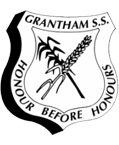 |

| 
|
Production Partners:
 |  |
Web Development:

Multimedia production:
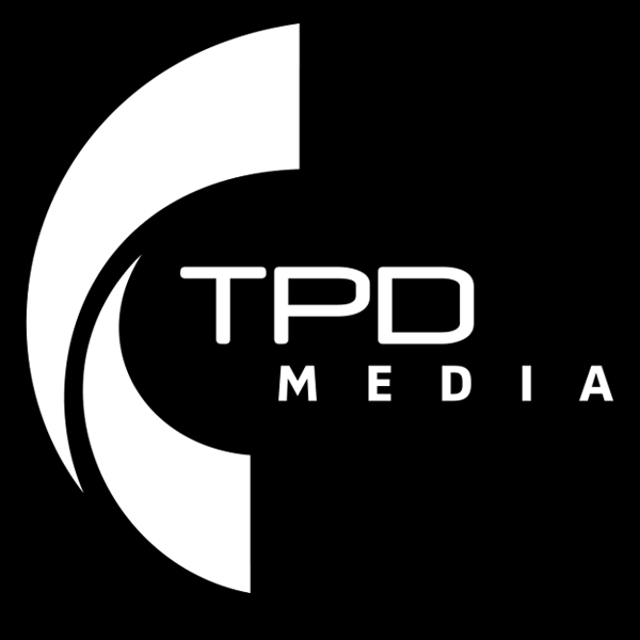
If you participated in any stage of inclusionED’s development and are not currently listed above, please contact us.
